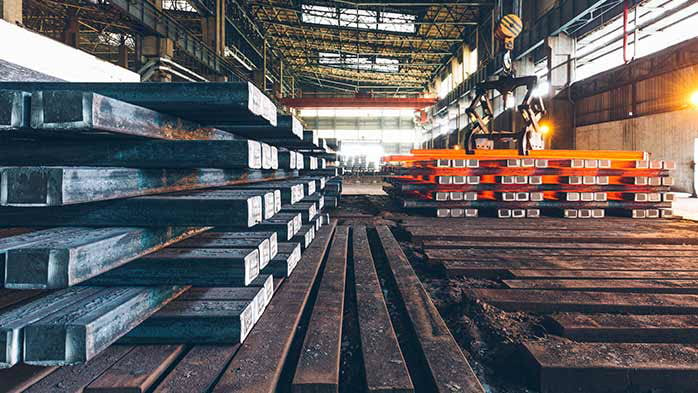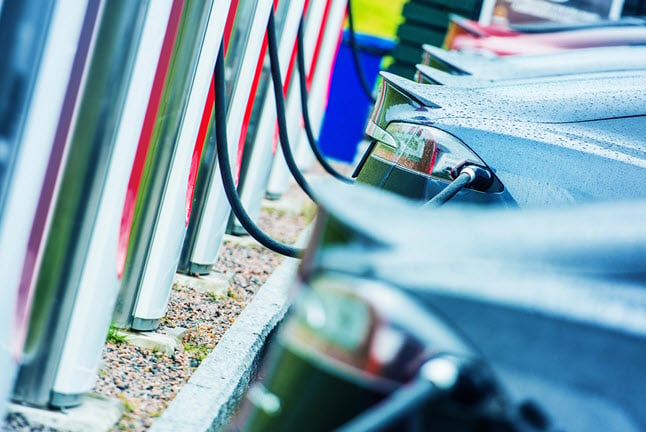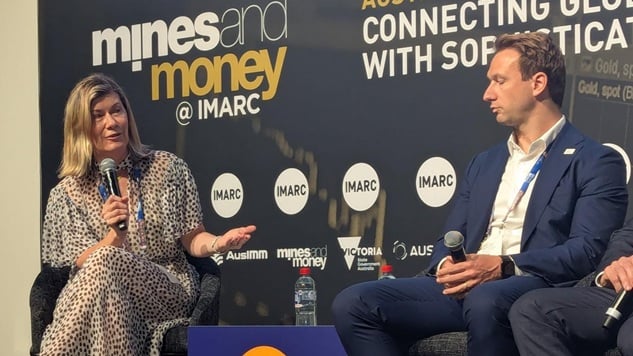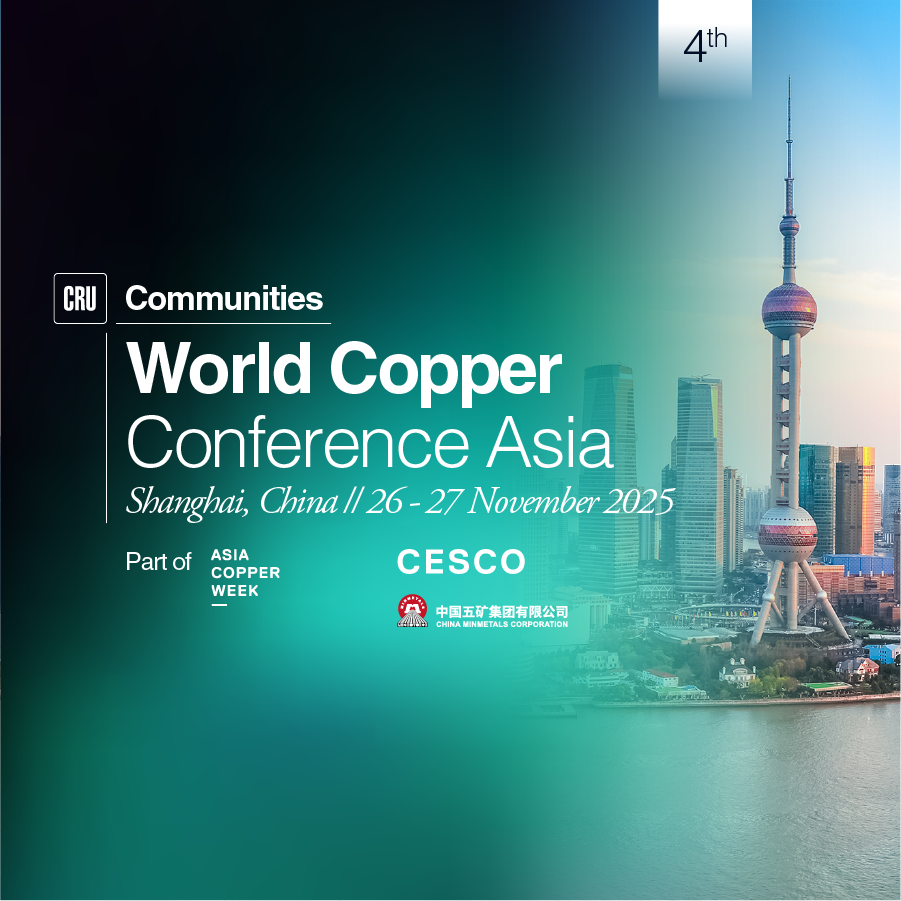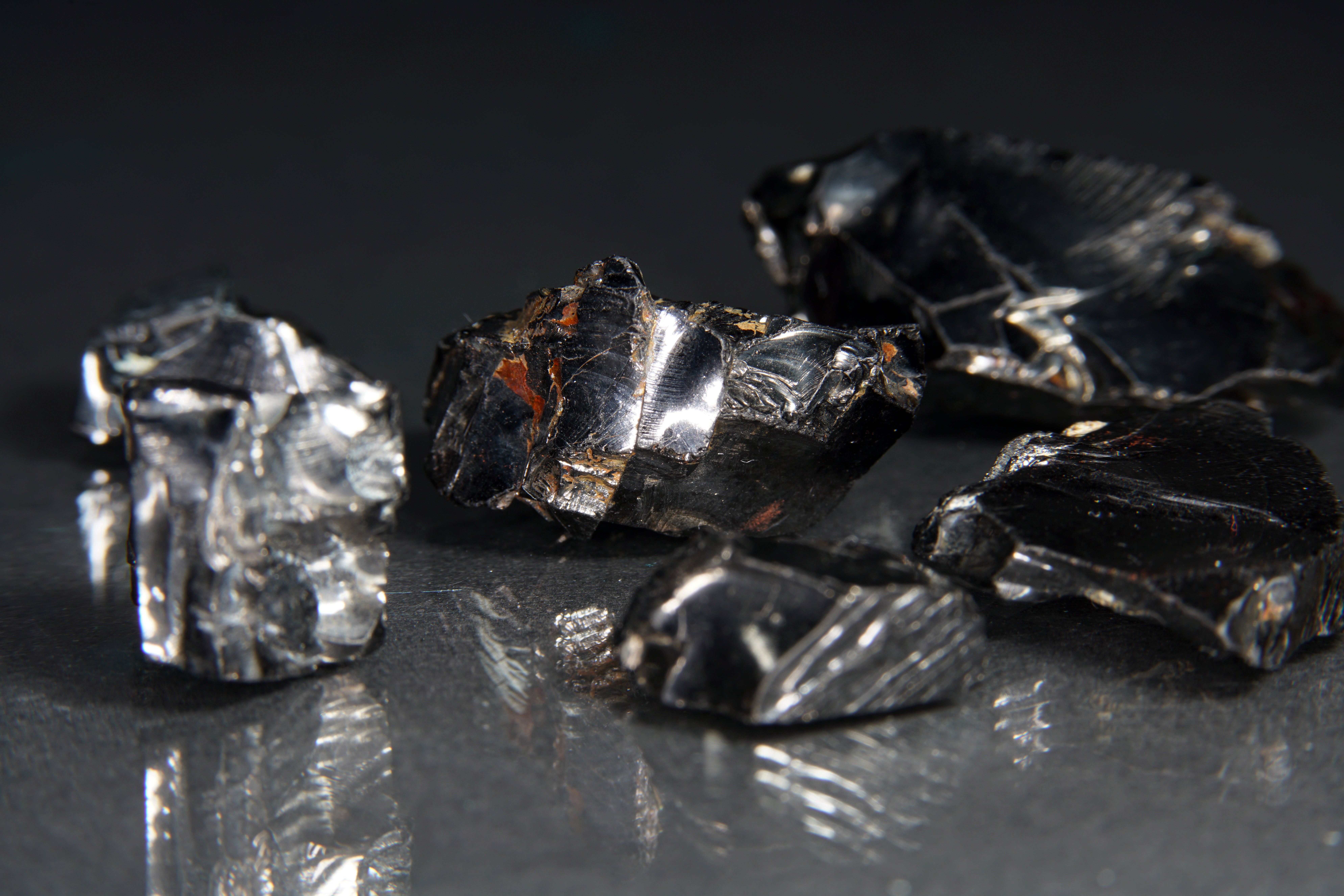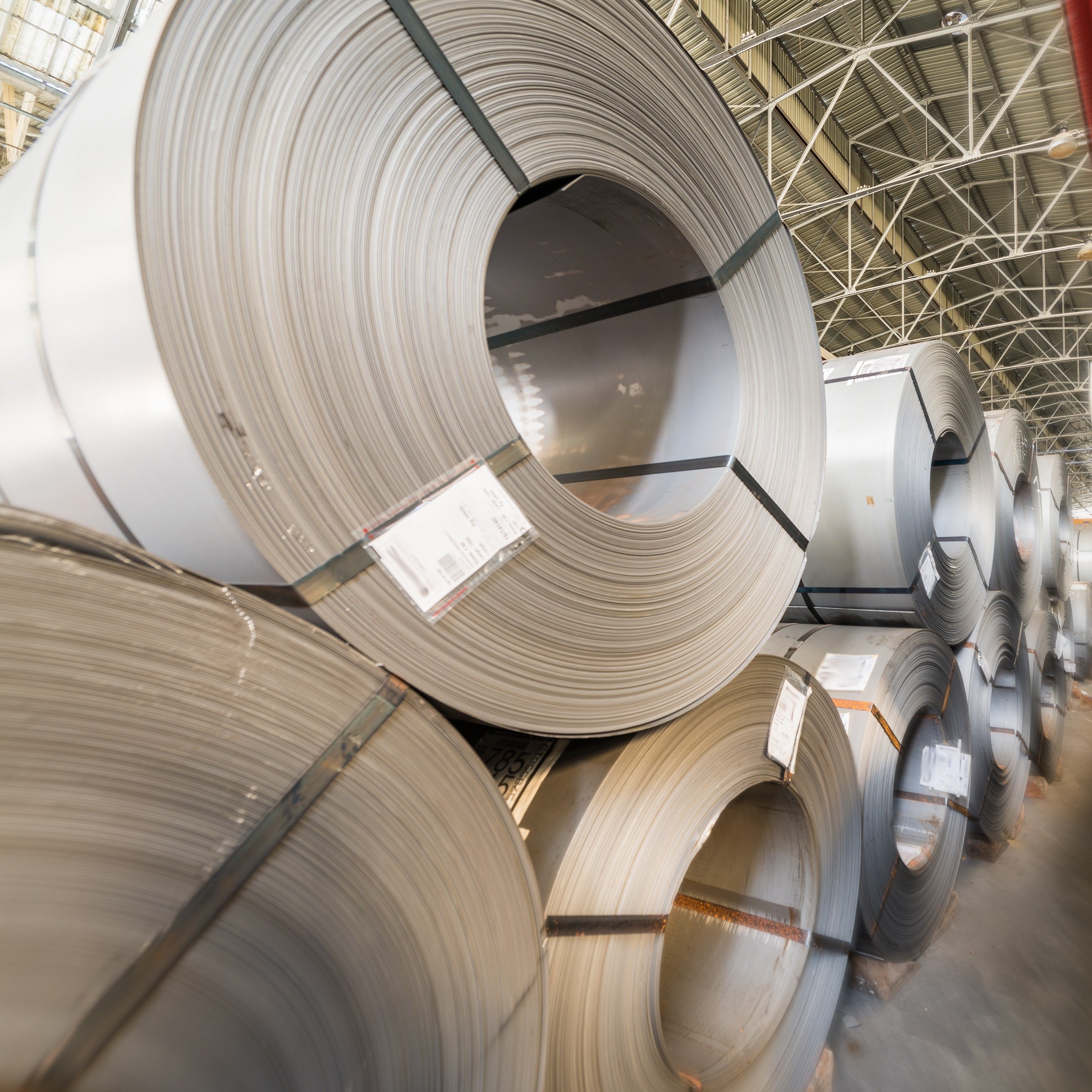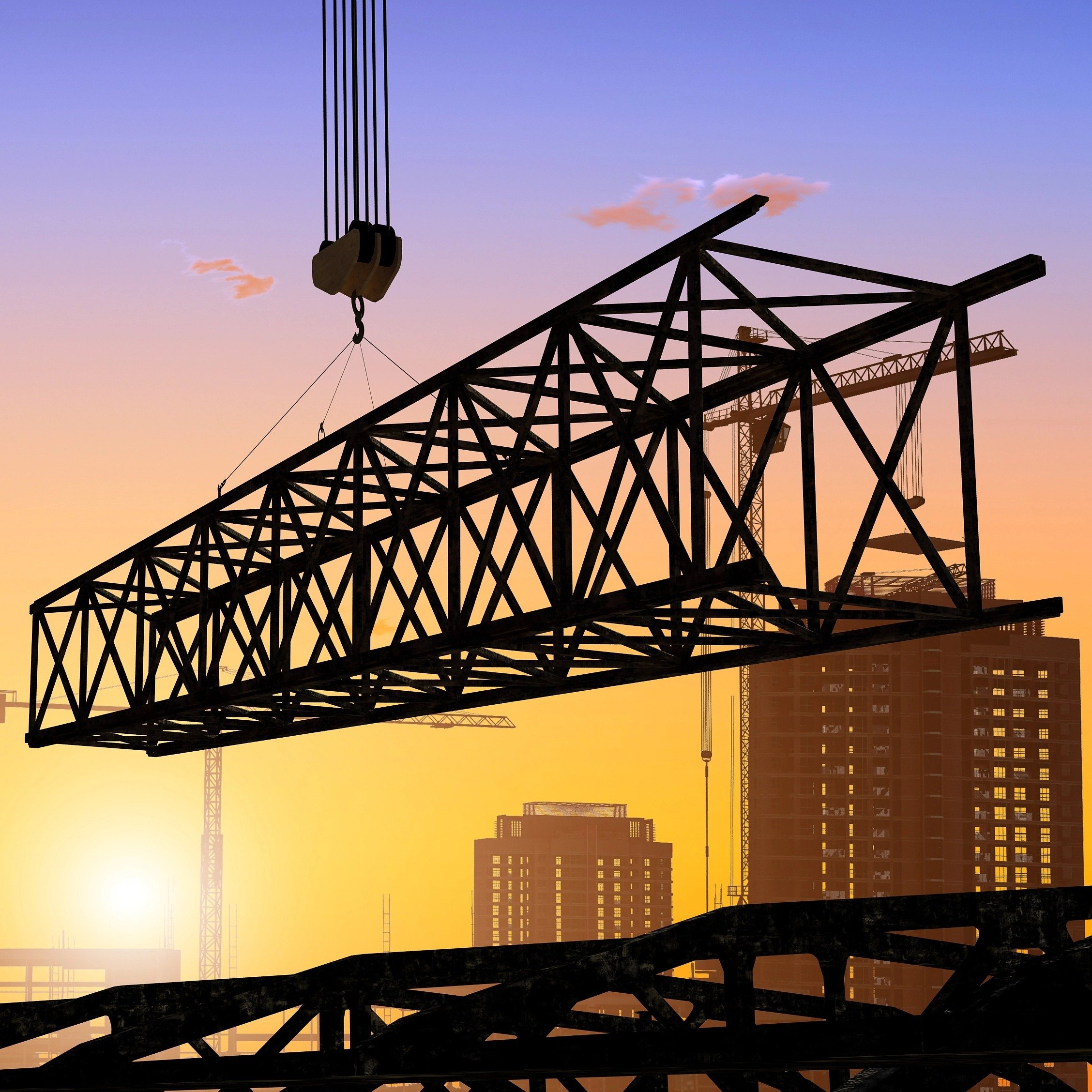China has had a serious problem in surplus gigafactory capacity for several years. Lithium-ion battery production capacity in the country surpassed 2 TWh in 2024, 60% higher than total battery demand. Planned capacity in the country surpasses 6 TWh – enough to meet the world’s battery cell demand until 2035. China’s overcapacity causing ‘involution’ – a phrase coined for the price wars from excessive competition holding back revenues – risks harming the long-term opportunities for China’s battery supply chain.
Instead, consolidating China’s battery manufacturers would give its leading producers breathing room to invest in overseas expansions and new technologies, safeguarding market share as governments outside China encourage regionalisation of battery supply chains.
Current measures to shut down uncompetitive production have not worked. Can the government prevent prolonged overcapacity to support its leading producers’ global expansions?
The need for Darwinism in China’s battery industry is over
China’s domination in battery production capacity came from intense competition. The rise in popularity of portable electronics in the 1990s sparked hundreds of cellmakers to develop chemistries and component production, leading to China’s prime position to supply the booming electric vehicle (EV) and energy storage system (ESS) market, and the creation of the current heavyweights of CATL and BYD.
Tier 1 cellmakers (i.e. those manufacturing double-digit GWh of cells per year) benefit from lower manufacturing costs (article available to CRU subscribers). However, the sharp decline in raw material prices has sparked battery prices wars, as the disadvantages of lower yields and non-integrated supply chains for lower tier producers have become less significant. China’s market is no longer growing at the same rate it did five years ago, and its industry is well ahead of the competition. The prospect of higher margins for leading cellmakers means there is no longer a need for intense competition in China.
Despite this, lower tier cellmakers have gained market share since 2024. Continuation of this trend would lead to shrinking margins and increased exports of surplus lithium-ion cells to Europe and North America, risking escalation of geopolitical tensions against China and threatening China’s battery manufacturers’ overseas expansion plans.
While small compared to China’s demand in 2025, foreign battery demand will grow by six times to be 42% larger than China’s demand in 2035. Europe and North America will account for 64% of overseas battery demand in 2035 – a lucrative opportunity that Chinese companies will be eager to capitalise on.
Cellmakers in China have increased exports to boost profits and offset tightening margins domestically. These exports have been critical in meeting the supply gap in overseas markets, where investment into gigafactory capacity has severely lagged the increase in cell demand. Western governments have placed blame on China’s abundance of low-cost cells for heightening capital risks in gigafactory projects, leading the US government to impose tariffs on cell imports from China to support domestic production expansion.
Similarly, the European Union has enforced tariffs on BEVs (article available to CRU subscribers) from China, which could expand to batteries if its homegrown players continue to struggle, although this would be a drastic move. Indeed, Chinese lithium-ion cell exports to the EU were worth $13 billion over 2025 H1. China needs to ensure its champions can operate in overseas markets while avoiding aggravating Western governments to unlock higher margins.
China has implemented measures to drive quality over quantity
Since June 2024, the country has implemented three measures to curb production from uncompetitive battery manufacturers and control battery production capacity:
- Increasing battery performance standards
- Minimum spending on research and development (R&D)
- Increase safety requirements for EV cells
The no-fire, no-explosion safety requirements are the most stringent of the three, which will lead to centration of EV cell demand to the few producers which can meet the criteria. As a result, we expect those that fall short to turn to other mobility and consumer markets, generating new demand due to an abundance of low-cost and adequate quality batteries, making emerging electrified products available for the mass-market.
1. Increasing battery performance standards
In June 2024, the government increased the performance targets in the lithium-ion battery standards in a bid to China’s overcapacity.
While standards are not mandated, companies face exclusion from the ‘whitelist’ if they fall short, harming their reputation and access to funding. The 2024 announcement revealed no companies were removed from the list, and 16 new cellmaker names were added – mostly subsidiaries of Tier 1 producers, suggesting little success in curbing EV and ESS cell production.
Nevertheless, the targets will promote battery demand in new sectors. Cham New Energy is not on the whitelist, but contains a portfolio of sodium-ion and high power cells. It could find haven in smaller markets, which face less scrutiny than the EV and ESS sector.
2. Minimum spending on R&D
Part of the 2024 battery standard conditions dictates a minimum spend of 3% of revenue on R&D. While the directive pushes smaller producers to continue to innovate after meeting current targets, Tier 2 producers have kept pace with Tier 1 rivals on R&D spend, albeit in much lower absolute terms. This likely reflects the larger impact of capital-intensive R&D spending for companies operating with smaller revenues.
3. Increasing safety requirements for EV cells
In April 2025 the government raised safety standards to require that, starting in 2026, all EV batteries must withstand thermal runaway for two hours without catching fire or exploding. Only advanced separator technologies and electrolyte compositions can comply – a challenge for even Tier 1 producers.
The rule favours integrated cell and pack producers, like CATL and BYD, and will drive development of solid electrolyte materials. Safety is becoming increasingly important to automakers and energy storage providers, so cell demand will be concentrated among a handful of cellmakers that comply with regulations.
From the handful of measures outlined above, we expect at least some consolidation in the EV market – but this could take time.
Local governments stand in the way of capacity constraint
Non-Tier-1 producers increased cell production by 146% from 2024 H1 to 2025 H1. Fundamentals may go against continued production, but supporting gigafactory capacity is increasingly important for provincial governments in China to grow their economies. Guanxi province is a good example of this.
The economy of Guangxi has shifted from agriculture to manufacturing over time. Attracting a battery industry makes use of local skills and future-proofs its economy, particularly as a key export province to nearby ASEAN countries. While neighbouring Guangdong can attract cellmakers with its strong automotive industry, Guangxi must attract cellmaker investment with subsidies and support. BYD and Gotion High-Tech operate gigafactories in the province, but so do lower tier producers of REPT, Great Power and DFD New Energy. Guangxi will continue to support cellmakers operating in the province to benefit its local economy, even if contributing to the China’s overcapacity.
China’s steel, coal and solar industries are experiencing similar overcapacity issues and will be of higher priority for China’s government to tackle, as price wars have yet to turn Tier 2 battery producers’ margins negative. Consequently, we expect battery overcapacity to continue while cellmakers make margins.
The solution to China’s overcapacity is to generate new demand
China cannot implement sufficiently stringent standards to force cellmaker consolidation due to the risk of concentrating the market to only a few cellmakers. However, a solution exists in bifurcation in the battery industry. Safety measures will shift uncompetitive production from the EV market to emerging battery applications.
Growing battery demand from more niche sectors, such as two- and three-wheelers and marine vehicles, would make use of current overcapacity. As a result, continued China overcapacity could stoke price wars in electric mobility solutions and surging battery demand from new sectors.
These solutions also do not require the ‘best’ battery technologies and are prevalent in markets without significant trade barriers to China, notably Indonesia, India and Latin America. A failure for India to establish domestic cell production could also give Tier 2 Chinese producers room to expand, although reliant on geopolitical barriers to Chinese entry.
Western governments will retain barriers to importing cells from China, as the long-term economic opportunity of a local battery supply chain is lucrative to policymakers. Tier 1 producers will build gigafactories in Southeast Asia and Europe to avoid tariffs – albeit exporting lower-performance LFP cells due to recent battery technology export restrictions.
European cellmakers will suffer. The volumes of LFP batteries needed to meet Europe’s decarbonisation goals can only come from Chinese cellmakers. The EU and UK will compromise on policy so that Chinese cellmakers must invest in the European battery supply chain to continue exporting cells into the region. The opportunities for European cellmakers will shrink as Chinese producers expand.
If you are interested in discussing the battery market outlook, or hearing more about battery technologies and costs, please get in touch to learn more about CRU’s Battery Value Chain Service and Battery Technology and Costs.




